The DCS World Eurofighter Typhoon by Heatblur: Supreme Combat Performance.
The DCS World Eurofighter Typhoon is one of the most advanced and exciting multi-role combat aircraft in service today. Designed to dominate the skies, it represents a pinnacle of European engineering. Eurofighter Typhoon is a Revolution in modern aerial warfare with its performance being exceptional because of the high-performance engines, canard delta wing design and leading avionics that we know only a snippet about!
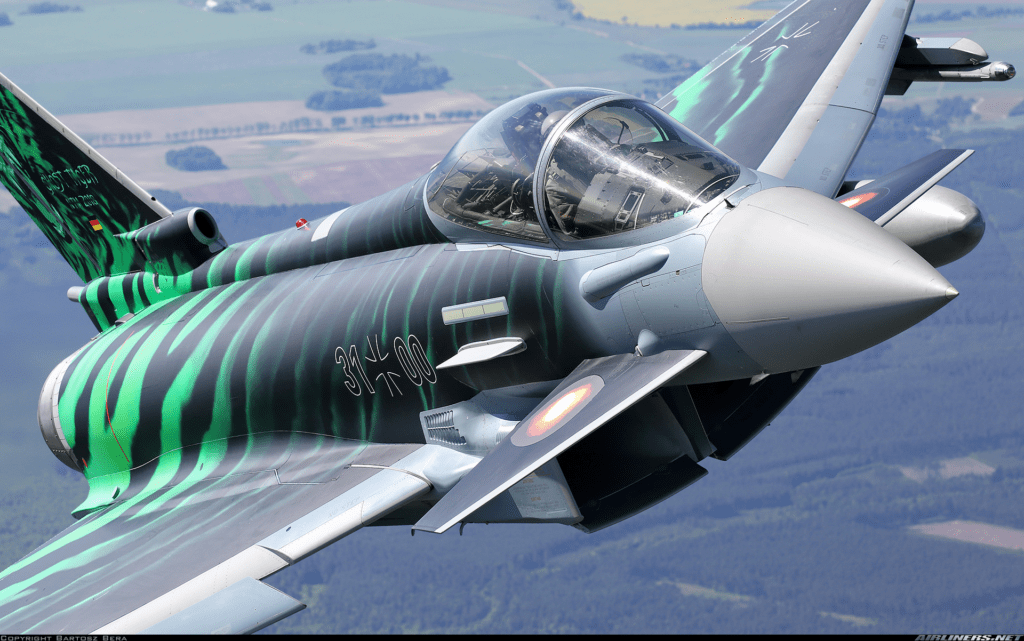
The DCS World Eurofighter Typhoon by Heatblur is one of the most advanced multi-role combat aircraft in service today and has proven itself more recently in the Middle East shooting down cruise missiles and drones launched by multiple neighbors. Designed to dominate the skies with its highly advanced ESA radar accompanied by long range BVR missiles like the Meteor giving this incredMost Asked Dogfighting FAQs Comprehensively Answered NOW!ible aircraft range far beyond most other competitors.
It represents a pinnacle of European engineering, blending cutting-edge technology with combat-proven capability. Its journey, from conception to becoming an operational cornerstone for numerous air forces took time as most very advanced technologies do but the wait was worth it. The Typhoon is often mentioned in the same sentences as the F-22 and F-35 in due to complimentary capabilities. This a testament to international collaboration and innovation between the conglomerate countries that operate the Typhoon.
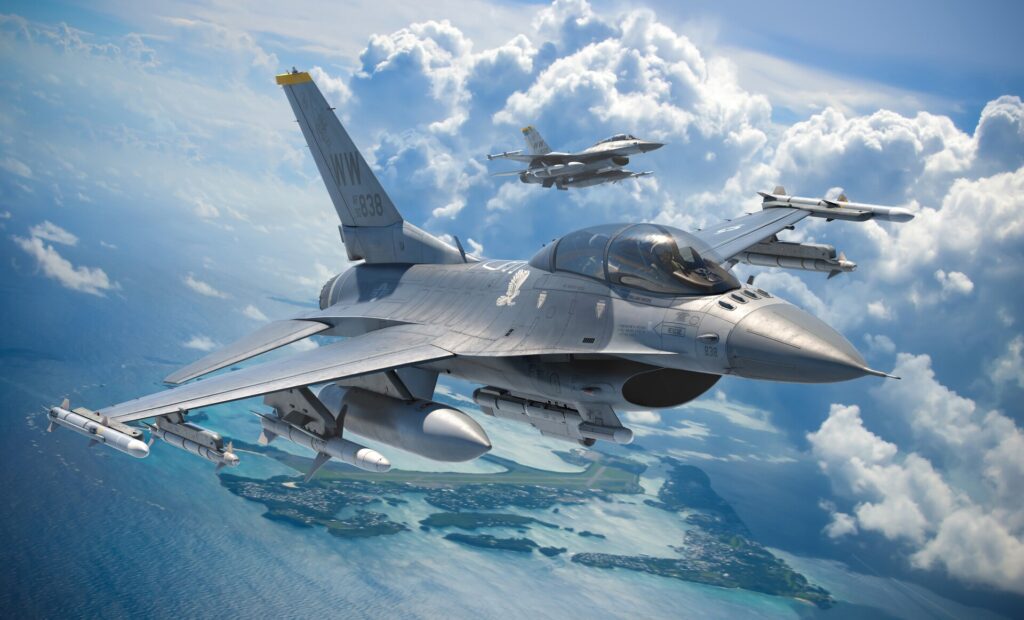
Now, Heatblur’s upcoming module for DCS World aims to bring this legendary aircraft to the virtual skies of DCS World and I’m pretty excited about the opportunity to fly it. It promises an uncompromised look at the latest tech and aircraft design with Heatblurs pedigree of delivering incredibly good modules already proven in DCS World. But creating a highly detailed simulation of such a sophisticated and classified fighter is no small feat.
We all know how the F-16 Viper & F-18 Hornet have developed over time. They slowly improve as detailed OPEN SORCE information becomes available to the developers. We need to allow time for new modules systems and flight models as well as weapons systems to be polished to a high standard. Yes, it takes time and please note, unlike the F-18C which is pretty much old news and tech data more openly available the TYPHOON is in front line service with quite a few NATO countries right now so its big secrets will remain so for some time to come.
A Collaborative Legacy: The Development of the Eurofighter Typhoon
The Eurofighter Typhoon was born out of a joint venture among four nations: the United Kingdom, Germany, Italy, and Spain. The development project, initially known as the European Fighter Aircraft (EFA), began in the early 1980s to produce a state-of-the-art air superiority fighter. The collaboration brought together aerospace giants such as BAE Systems, Airbus, and Leonardo under the Eurofighter GmbH consortium. The Typhoon’s first flight took place in 1994, with operational service beginning in 2003.
Over the years, the Eurofighter has undergone numerous upgrades, evolving from an air superiority platform into a highly versatile multi-role fighter capable of performing air-to-air and air-to-ground missions with equal proficiency. This adaptability ensures its relevance in modern warfare.
DCS World Eurofighter Typhoon – Pre-Production EFA.

Its preproduction model called the EFA, I personally saw fly while at WARTON in the UK back in 1991. Flying with the legendary English Electric Lightening because it was the only aircraft available that could keep up with this incredible design. It was impressive for sure and with its incredible performance the EFA would shrink in size to become the Typhoon we know of today. When I saw it was still flying with the underpowered TORNADO RB-199 engines so that’s an impressive feat.
- Latest CPU’s Available Now – Amazon.com
- Get a NEW GPU Best Performance – AMAZON.com
- Upgrade RAM Here today – AMAZON.com
- Prebuilt PC Options – AMAZON.com
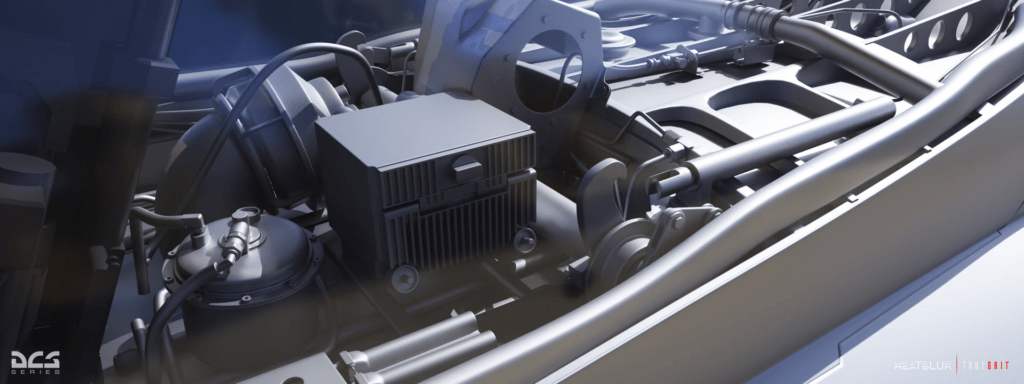
Global Operators: A Widespread Presence
The Eurofighter Typhoon serves as a backbone for several air forces worldwide. Current operators include:
- United Kingdom (Royal Air Force): The RAF uses the Typhoon for Quick Reaction Alert (QRA) duties and ground attack missions.
- Germany (Luftwaffe): A critical component of Germany’s air defense strategy.
- Italy (Aeronautica Militare): Widely employed for air policing and NATO missions.
- Spain (Ejército del Aire y del Espacio): Integral to Spain’s defense capabilities.
- Austria: Focused on air policing roles.
- Saudi Arabia: Used in both defensive and offensive operations.
- Oman: Enhancing regional stability.
- Kuwait and Qatar: Recently inducted into service to bolster their aerial capabilities.
The Typhoon’s adaptability and modularity make it an attractive choice for a diverse range of mission profiles, from national defense to coalition operations.
Real-World Combat Record: Where the Typhoon Has Seen Action
Despite its primary role as a deterrent and defense platform, the Eurofighter Typhoon has seen significant operational deployment in real-world combat scenarios. Key missions include:
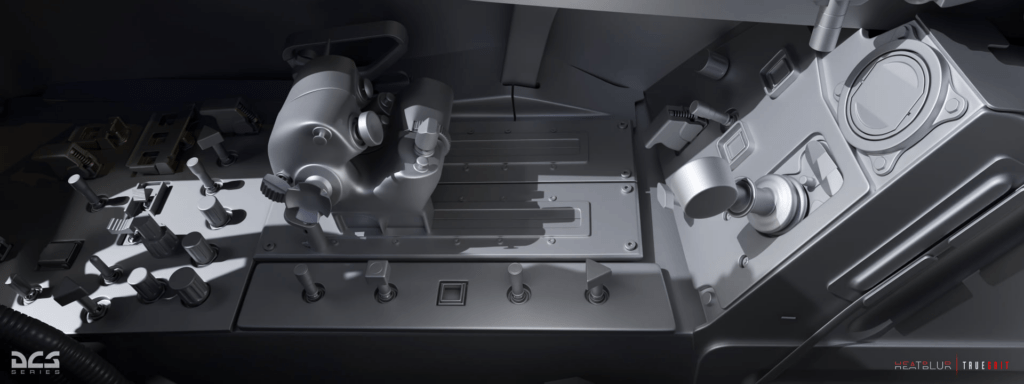
- Operation Ellamy (2011): Typhoons from the UK and Italy participated in NATO’s mission over Libya, enforcing a no-fly zone and conducting air-to-ground strikes against regime targets.
- Operation Shader (Ongoing): The RAF has deployed Typhoons in the Middle East to support the coalition against ISIS. These missions include reconnaissance, air policing, and precision strikes.
- Saudi-led Intervention in Yemen: Saudi Arabian Typhoons have been employed in combat missions, providing air support and conducting precision strikes in the ongoing conflict.
- NATO Air Policing Missions: Typhoons from various nations regularly patrol Eastern Europe’s airspace to deter aggression and ensure the integrity of NATO airspace, particularly following increased tensions with Russia.
These deployments underscore the Typhoon’s combat versatility, proving its capability in both air-to-air dominance and precision ground attack roles.
Systems and Performance: What We Know
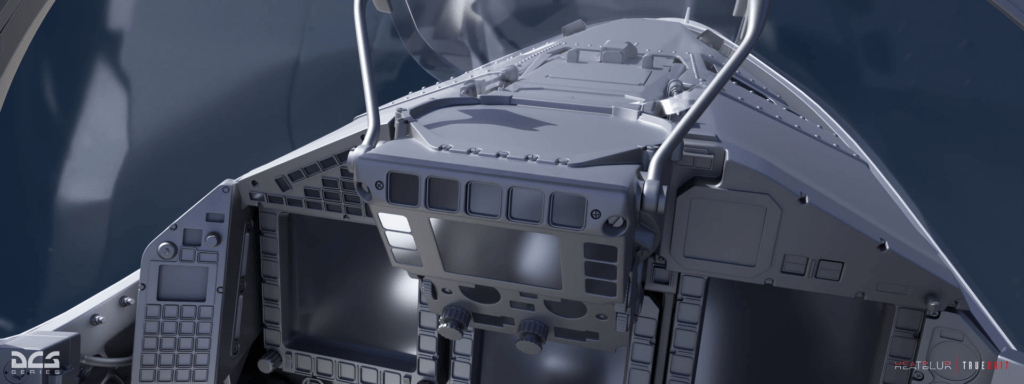
The Eurofighter Typhoon boasts an impressive array of systems and performance metrics, some of which are publicly known. However, many details remain classified, presenting unique challenges for simulation developers like Heatblur.
DCS World Eurofighter Typhoon – Avionics and Systems
- ECRS Mk1 & Mk2 AESA Radar: The Typhoon’s radar capabilities include advanced target tracking, situational awareness, and electronic warfare functions.
- Defensive Aids Sub-System (DASS): A comprehensive suite for threat detection and countermeasures, including radar warning receivers, missile approach warners, and chaff/flare dispensers.
- Helmet-Mounted Symbology System (HMSS): Allows pilots to cue weapons and sensors simply by looking at a target.
- Fly-by-Wire Controls: Ensures unmatched maneuverability and agility, critical for dogfighting scenarios.
DCS World Eurofighter Typhoon – Performance Metrics
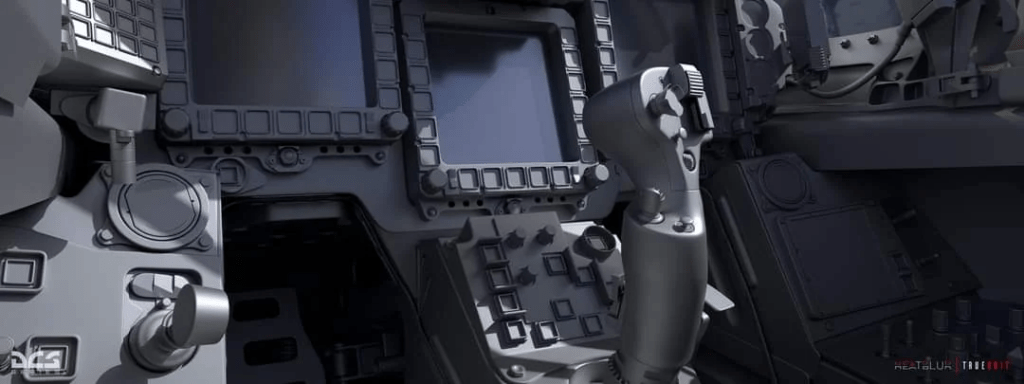
- Maximum Speed: Mach 2.0+ at altitude.
- Service Ceiling: Over 55,000 feet.
- Combat Radius: Approximately 1,500 km (with external fuel tanks).
- Thrust-to-Weight Ratio: Greater than 1:1, courtesy of its twin Eurojet EJ200 afterburning turbofan engines.
DCS World Eurofighter Typhoon – Weapons Suite
The Typhoon is equipped to carry a formidable arsenal, including but not limited to:
- Air-to-Air Missiles: AIM-120 AMRAAM, Meteor, IRIS-T, ASRAAM.
- Air-to-Ground Munitions: Paveway IV, Storm Shadow, Brimstone, Taurus KEPD 350.
- Naval Strike Missiles: Marte ER.
- Cannon: 27mm Mauser BK-27 for close-range engagements.
The integration of the Meteor beyond-visual-range air-to-air missile (BVRAAM) has significantly enhanced the Typhoon’s lethality in aerial combat.
- Joystick / HOTAS – AMAZON.com
- Rudder Pedals – AMAZON.com
- Throttle Quadrant – AMAZON.com
- Gaming Chair – AMAZON.com
- VR Headset – AMAZON.com
Challenges of Simulation: Bringing the Typhoon to DCS World
Heatblur and Eagle Dynamics face an immense challenge in recreating the Eurofighter Typhoon for DCS World. The aircraft is still in active service, and much of its performance and systems data remain classified. This means developers must rely heavily on publicly available information, expert consultations, and educated approximations to create an authentic yet compliant simulation.

Key areas of complexity include:
- Flight Model Accuracy: The Typhoon’s fly-by-wire system and high maneuverability require a meticulous recreation of aerodynamic behaviors.
- Systems Simulation: Reproducing the functionality of advanced systems like the DASS, HMSS, and AESA radar while staying within classification boundaries.
- Weapon Systems: Integrating realistic weapon behaviors and guidance systems for air-to-air and air-to-ground engagements.
Heatblur has a stellar reputation for delivering high-fidelity modules, as evidenced by their work on the F-14 Tomcat and AJS-37 Viggen. The Eurofighter module is expected to push the boundaries of what’s possible in flight simulation.
Looking Ahead: Anticipation and Enthusiasm
The Eurofighter Typhoon is not just a marvel of modern engineering but also a symbol of international cooperation and innovation. As Heatblur and Eagle Dynamics work to bring this aircraft to DCS World, aviation enthusiasts eagerly await the opportunity to experience its capabilities firsthand in a virtual environment.
While the module’s release may still be years away, the promise of flying one of the most advanced jets ever built is enough to keep the community buzzing with excitement. Whether you’re drawn to the Typhoon’s technological sophistication or its operational legacy, one thing is certain: the wait will be worth it.
Looking Ahead: Anticipation and Enthusiasm
The Eurofighter Typhoon is not just a marvel of modern engineering but also a symbol of international cooperation and innovation. As Heatblur and Eagle Dynamics work to bring this aircraft to DCS World, aviation enthusiasts eagerly await the opportunity to experience its capabilities firsthand in a virtual environment.
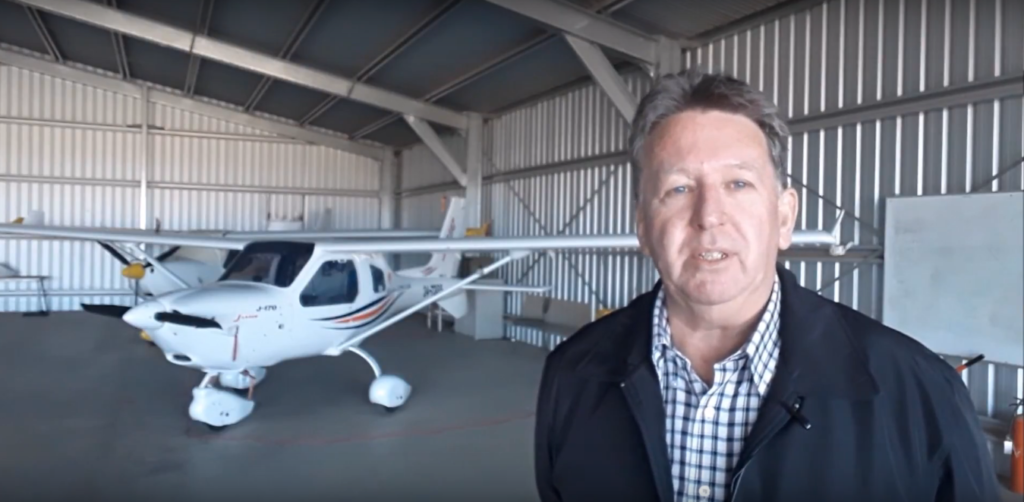
While the module’s release may still be years away, the promise of flying one of the most advanced jets ever built is enough to keep the community buzzing with excitement. Whether you’re drawn to the Typhoon’s technological sophistication or its operational legacy, one thing is certain: the wait will be worth it.
Author
Brendon McAliece (Aka Gunnie) is a military veteran with 23 years working on Jet Fighters, their weapons systems and ejection seat/module systems as well as munitions and R&D. Involved with flight simulation since the 1980s, he has flown all the major flight simulators over the years.
He is an Australian expat who has lived in Malaysia, UK, Saudi Arabia and more recently Thailand. He is a multi-lingual blogger who loves to share his life experiences here on LetsFlyVFR.com and DreamingGuitar.com, with his lifestyle and Travel experiences Blog plus his Dreaming Coffee website.
Learn More @ DreamingGuitar.com – DreamingCoffee.com – LetsFlyVFR.com
( HOME – BLOG – SHOP – ABOUT )
As an Amazon affiliate I may benefit from qualifying sales.
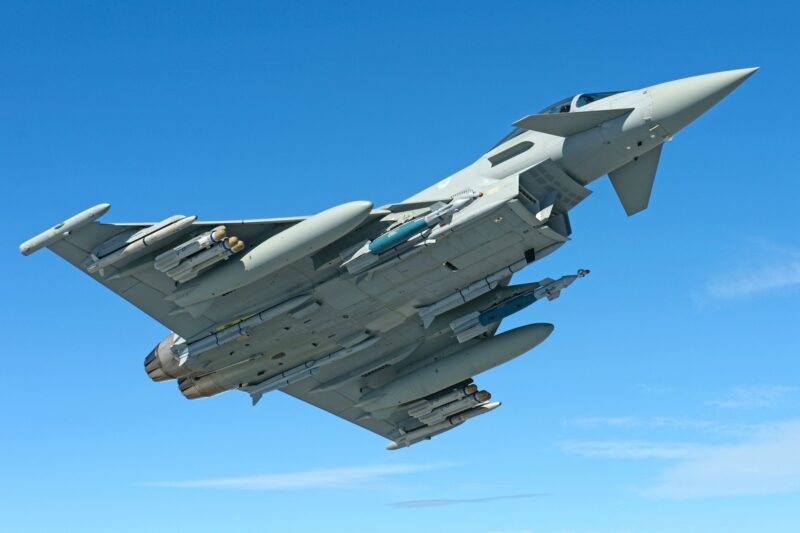
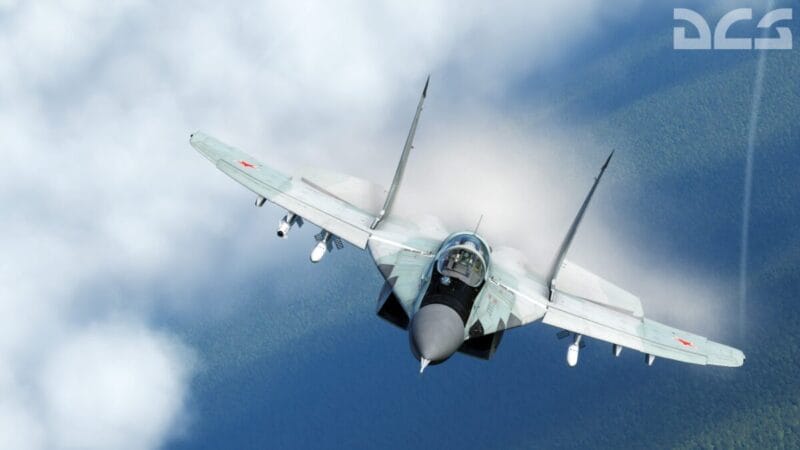

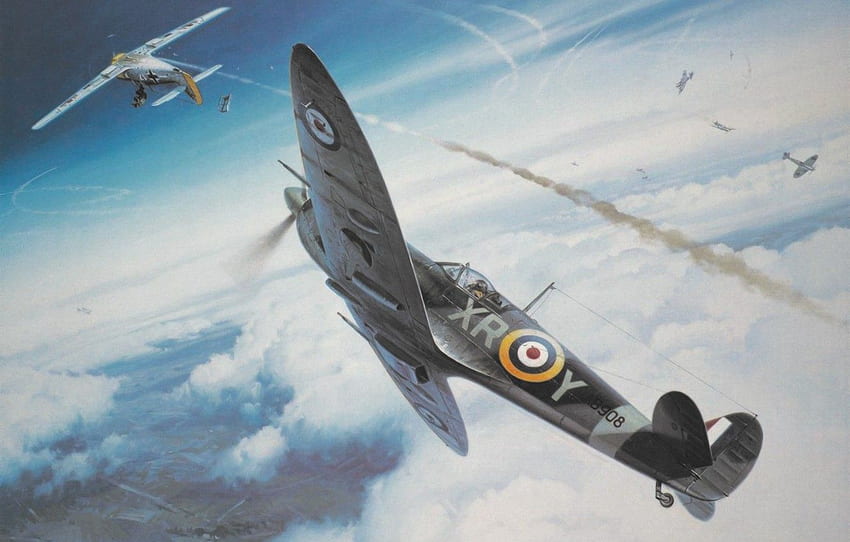

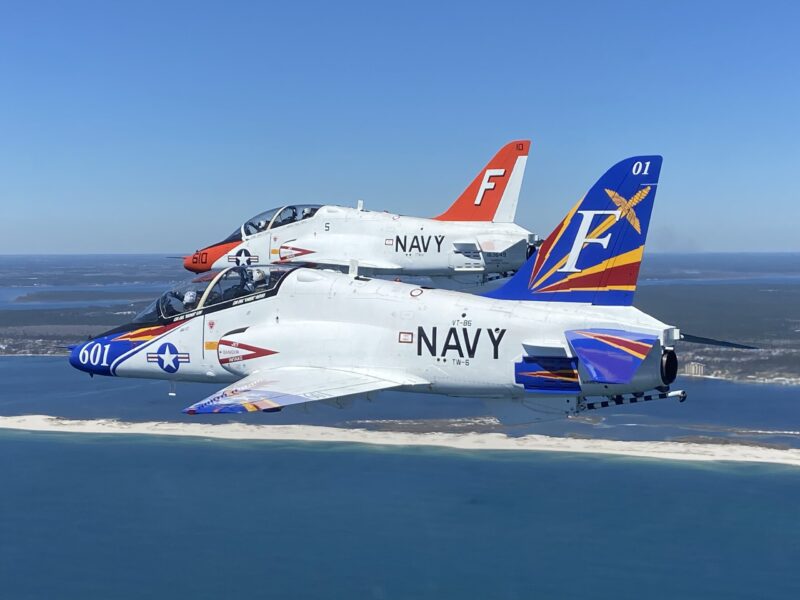

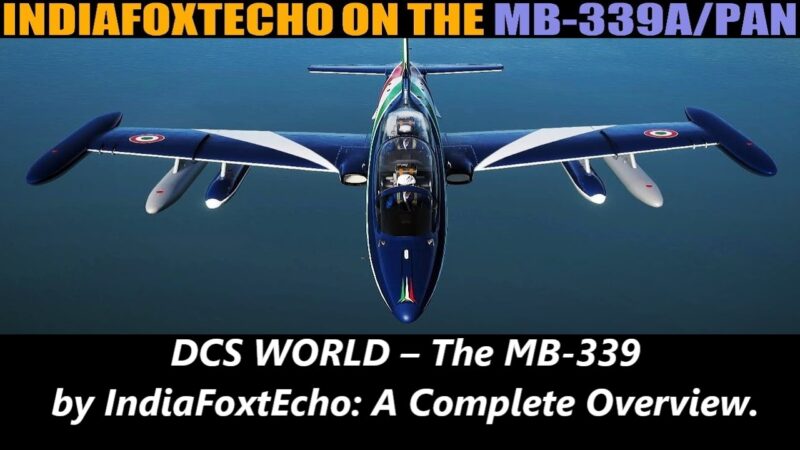


2 responses to “The DCS World Eurofighter Typhoon by Heatblur: Supreme Combat Performance.”